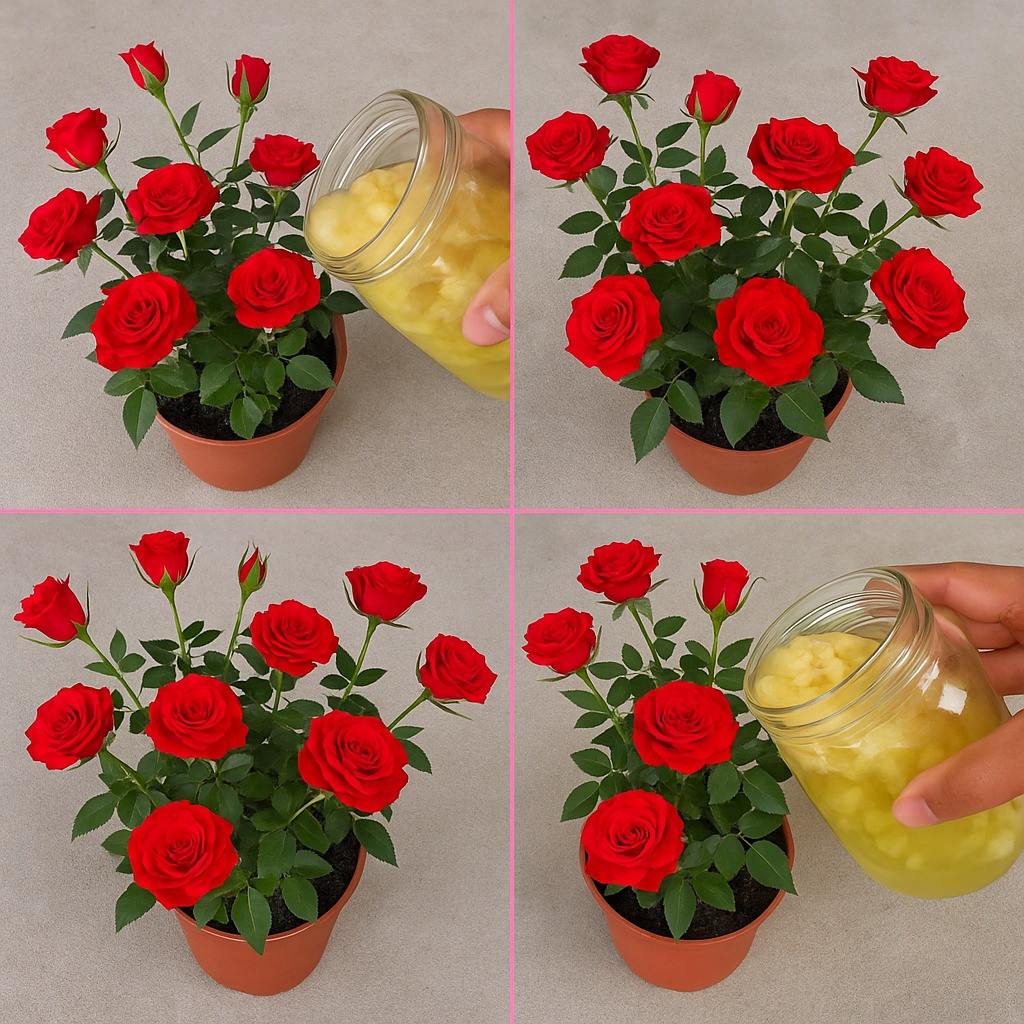ADVERTISEMENT
Sure! Here’s a polished, helpful article on How to Prune Roses After Summer Bloom So They Flower Again:
How to Prune Roses After Summer Bloom So They Flower Again
Roses are one of the most beloved garden flowers, prized for their beauty and fragrance. But to keep your rose bushes blooming abundantly well beyond the first flush of summer, proper pruning after the summer bloom is essential. Pruning encourages healthy growth and stimulates the plant to produce a fresh round of flowers in the fall. If you’re wondering how to prune roses after their summer bloom to ensure they flower again, here’s a simple step-by-step guide to help your roses shine through the later months.
Why Prune Roses After Summer Bloom?
Roses bloom in cycles. After the first flush of flowers in late spring or early summer, the bushes need a little encouragement to bloom again. By pruning spent flowers and cutting back some of the stems, you stimulate new growth and increase the chances of another beautiful flowering cycle.
Without pruning, your rose bush may become leggy, with fewer blooms and less energy going toward new flowers.
When to Prune Roses After Summer Bloom
The best time to prune roses after their summer bloom is late summer to early fall, typically from late July through early September depending on your climate. It’s important to prune at the right time — too early and you risk encouraging tender new growth that can be damaged by frost; too late and the plant won’t have enough time to set buds for another bloom.
How to Prune Roses After Summer Bloom: Step-by-Step
- Gather Your Tools
Use sharp, clean pruning shears to make clean cuts and avoid damaging the plant. Wear gloves to protect your hands from thorns. - Remove Spent Blooms
Start by deadheading — cutting off the faded, spent flowers just above the first set of healthy leaves with five leaflets. This encourages the plant to redirect energy from seed production to new flower buds. - Cut Back Leggy Stems
Trim back any overly long, weak, or woody stems by about one-third to one-half their length. Make your cuts at a 45-degree angle about ¼ inch above an outward-facing leaf bud. This encourages outward growth and improves air circulation. - Remove Dead or Diseased Wood
Check the bush for any dead, damaged, or diseased stems and remove them entirely, cutting back to healthy tissue. This keeps the plant healthy and prevents the spread of disease.
